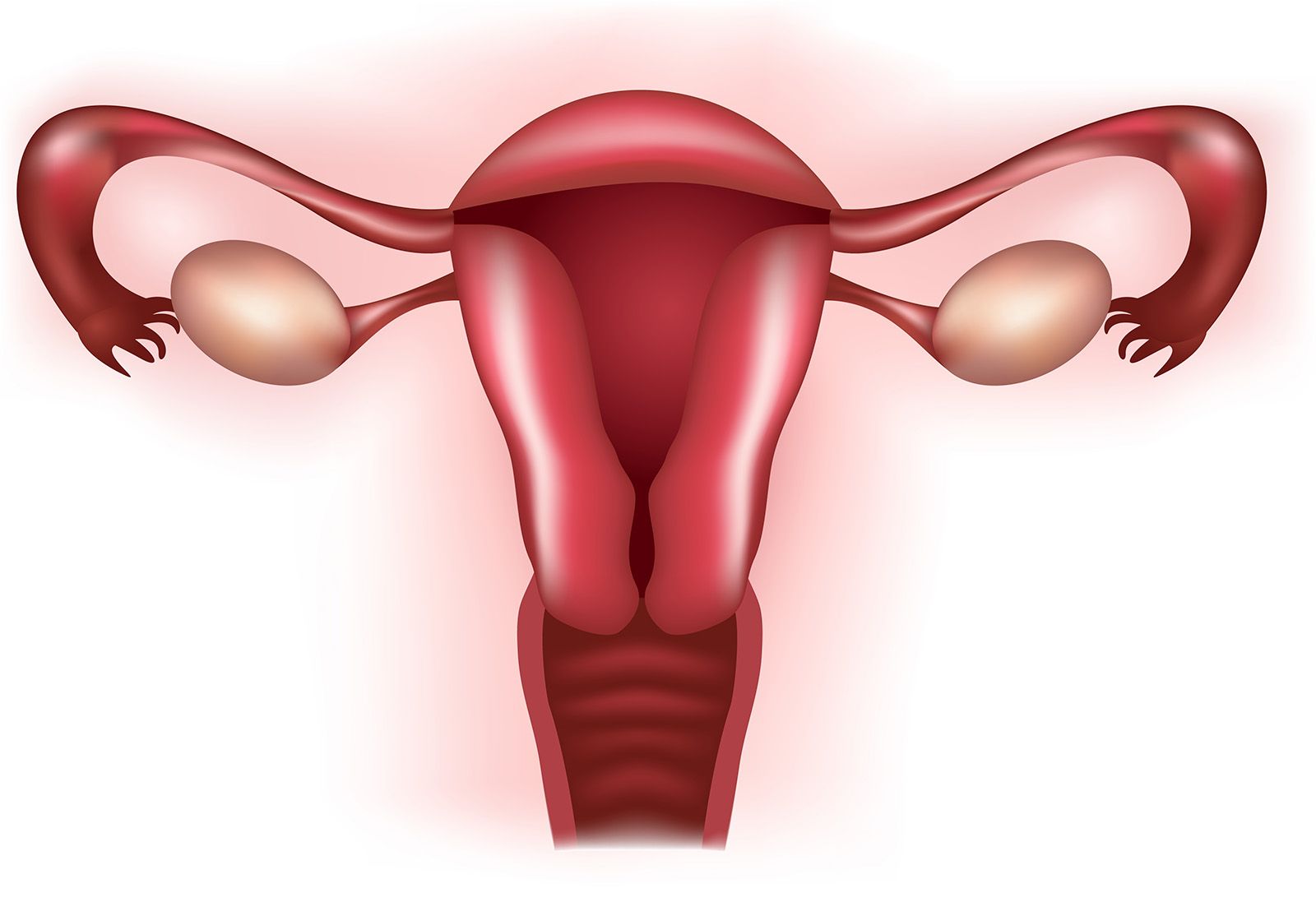Tubal Reversal vs. IVF: Deciding Which Is Right for You
 When the choice to undergo tubal ligation is made, it’s usually with the desire to permanently prevent pregnancy, but life changes can lead to a desire to have children. Tubal reversal reopens the door to pregnancy and can help those who have undergone tubal ligation add to their families.
When the choice to undergo tubal ligation is made, it’s usually with the desire to permanently prevent pregnancy, but life changes can lead to a desire to have children. Tubal reversal reopens the door to pregnancy and can help those who have undergone tubal ligation add to their families.
Although tubal reversal can be very effective at restoring fertility, in vitro fertilization (IVF) is another option when pregnancy is desired after a tubal ligation.
At the Center for Fertility and Gynecology Dr. Michael Vermesh and Dr. Tannaz Toloubeydokhti determine which treatment, tubal reversal versus IVF, is best for patients in Los Angeles, CA, Tarzana, CA, Bakersfield, CA, and surrounding areas.
About Tubal Reversal
Tubal reversal is a procedure used to reconnect the fallopian tubes. This can help restore fertility by making it possible for the eggs to travel to the uterus where they may become fertilized by sperm and result in pregnancy.
Tubal reversal is performed by removing the portion of the fallopian tubes that were closed via ligation and carefully stitching the fallopian tubes back together to restore the pathway between the ovaries and the uterus.
The Benefits and Disadvantages of Tubal Reversal
One of the biggest benefits of undergoing tubal reversal over IVF is that couples can conceive on their own and without medication or repeat procedures, just as they would have before the tubal ligation procedure.
The biggest disadvantage of tubal reversal is that it is a surgical procedure. However, it’s generally performed in under three hours and the recovery period is short (about one to two weeks).
Another disadvantage is that fertility does change over time so even with a successful tubal reversal procedure, it may be difficult for some to become pregnant.
About IVF
IVF stands for in vitro fertilization which is a process of fertilizing eggs outside of the body. In IVF treatment, medications are used to increase egg production so that numerous eggs can be removed for fertilization.
Once the eggs are harvested, they are combined with sperm in a lab and allowed several days to mature. A resulting embryo can then be placed into the uterus in hopes that it will implant and result in pregnancy.
The Benefits and Disadvantages of IVF
IVF offers many benefits to those looking to become pregnant after tubal ligation. Eggs are taken directly from the ovaries during IVF, so the state of the fallopian tubes are not critical to success. IVF can also help overcome certain fertility issues that tubal reversal cannot address.
The disadvantages to IVF over tubal reversal is that IVF must be performed every time the couple decides to try to have a child. Even if embryos are frozen, the process must be planned with medical professionals.
Choosing Between Tubal Reversal and IVF
The right treatment will depend on the unique needs of each woman and her partner. Those with too much scarring of the fallopian tubes or tubes that are too short may not be good candidates for tubal reversal.
If too much scarring is present, it may be difficult for the eggs to travel through the fallopian tubes. Likewise, if the fallopian tubes are too short, eggs will not be able to reach the uterus for fertilization.
IVF is often a viable option when the fallopian tubes are not suitable for tubal reversal. IVF can also be helpful for couples with fertility issues that happen to coexist with tubal ligation. For example, issues with male fertility can make it difficult to become pregnant even when there are no female fertility issues. In such cases, successful tubal reversal may not be enough to help with pregnancy and IVF may be the best choice.
Contact the Center for Fertility and Gynecology
For answers to your questions about tubal reversal and IVF, or to discuss which is right for you, call (818) 881-9800 or contact us online.







